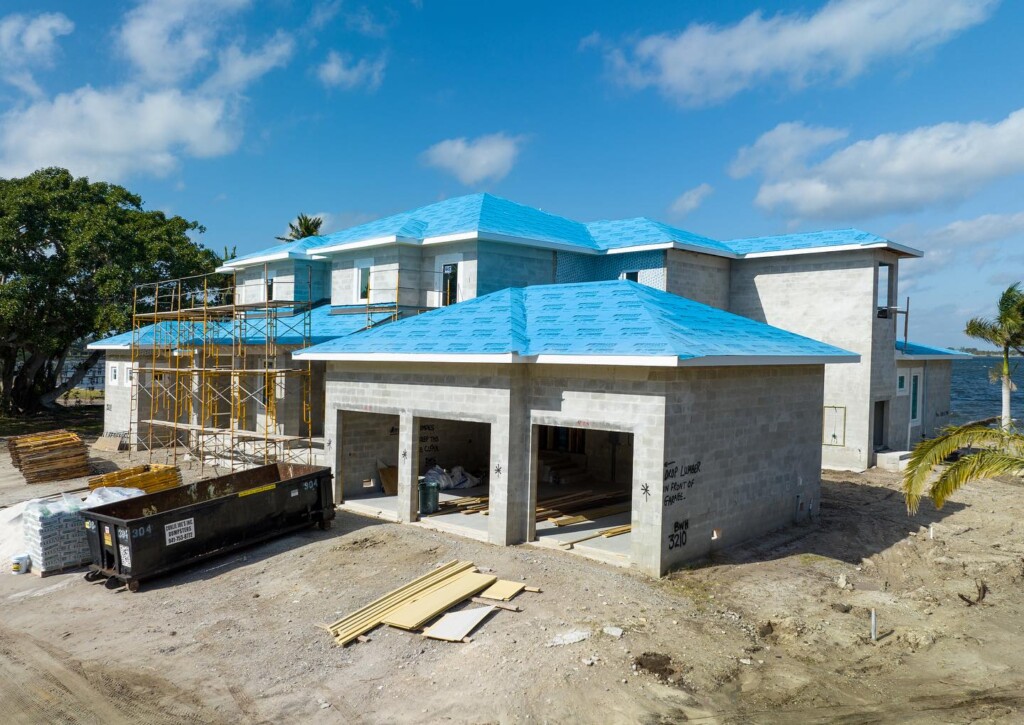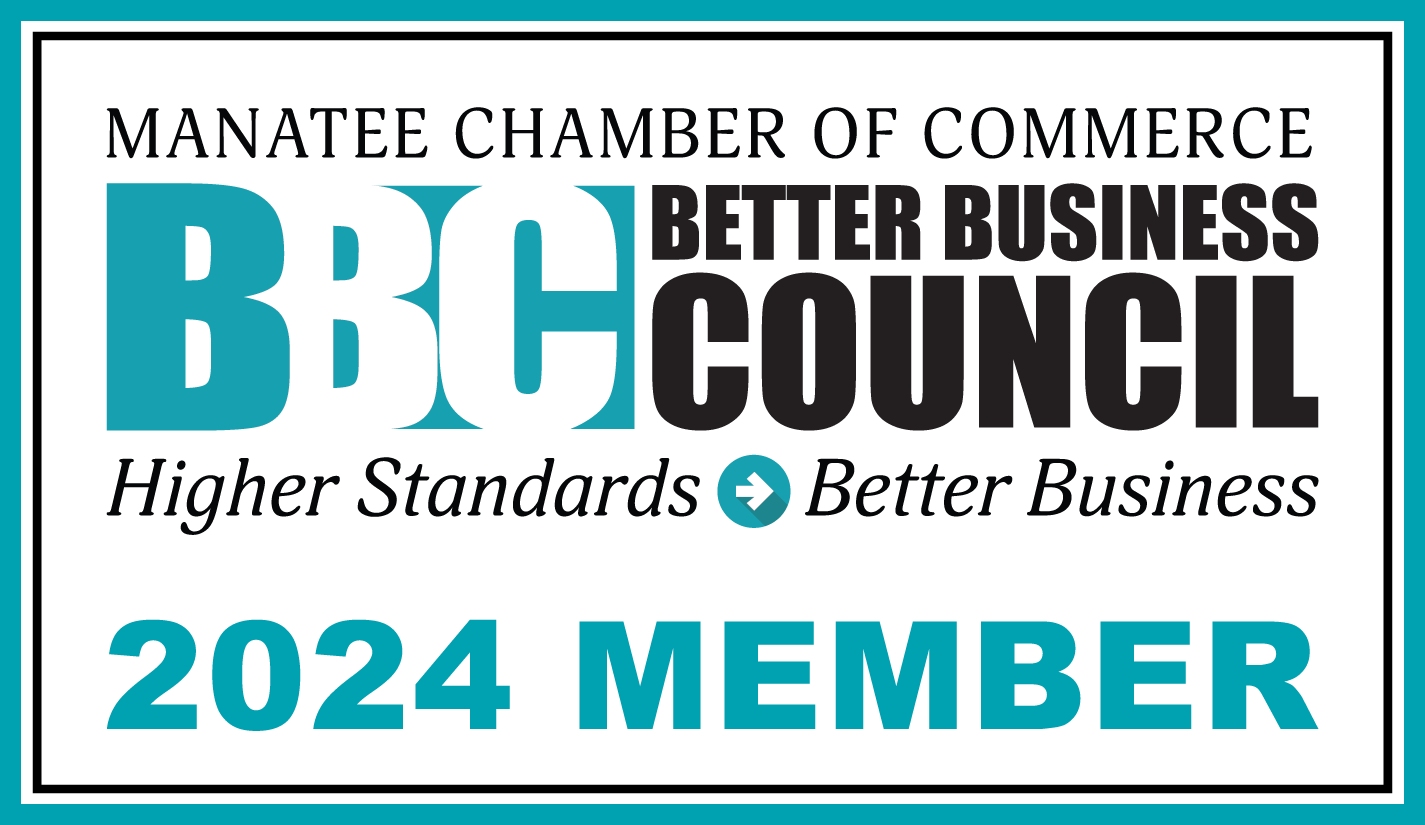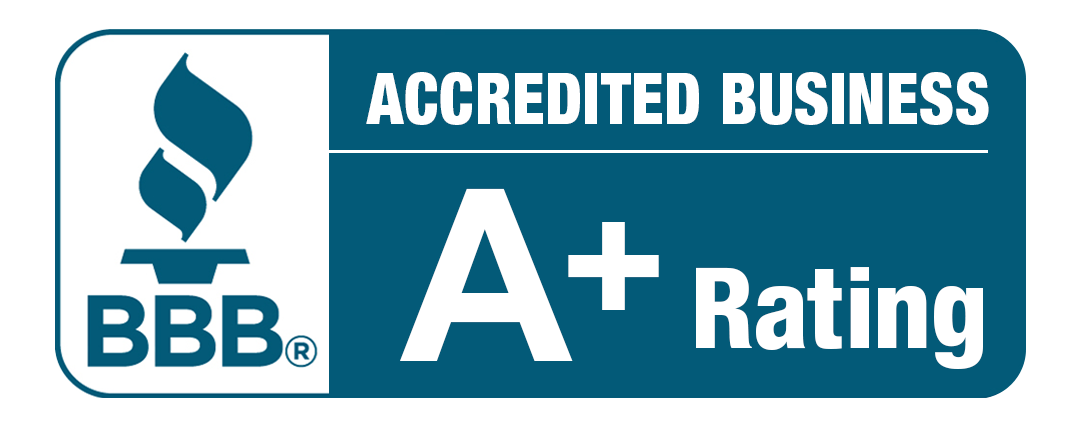Living in Florida has many benefits, but it also comes with the real risk of enduring hurricanes and tropical storms. If you’re building a custom home in the Sunshine State, one of the most important design decisions you’ll make is your roof. Not only does it protect your home from the elements, but it’s also the first line of defense during a severe storm. A hurricane-resilient roof isn’t just a luxury—it’s a necessity. The right design and materials can differentiate between minor storm cleanup and catastrophic loss. Here’s what you need to know when planning a hurricane-resilient roof for your Florida custom home.

Why the Roof Matters Most
During a hurricane, extreme winds create intense upward pressure on the roof. The entire structure becomes vulnerable to wind, rain, and flying debris if the roof fails. Insurance data shows roofs are among the most common points of failure during major storms. That’s why Florida’s building codes—especially in coastal and high-velocity wind zones—require hurricane-resilient roof systems.
Remember: You are required to build to the minimum code requirements. Asking your custom home builder for advice on designing a roof that exceeds the minimum code can provide greater peace of mind.
Design Matters: Wind-Resistant Roof Shapes
Your roof’s shape significantly impacts its ability to withstand hurricanes. Here are some of the most wind-resistant designs:
- Hip Roof: A hip roof has slopes on all four sides, which makes it aerodynamically superior to a gable roof. It’s less likely to catch the wind like a sail and distributes pressure more evenly across the structure.
- Moderate Roof Pitch: A pitch between 30 and 45 degrees offers a good balance between shedding water and resisting wind uplift. Steeper or flatter roofs tend to perform worse in high winds.
- Minimal Overhangs: Large eaves and overhangs can act like wings during a hurricane, catching wind and increasing the chance of uplift. Keep overhangs short and tightly sealed.
Material Choices: Durable and Hurricane-Resilient
Choosing the right roofing materials is just as important as the shape. Consider these hurricane-resistant options:
Metal Roofing: Metal roofs are highly wind-resistant, fireproof, and extremely durable. When properly installed with a secure fastening system, a metal roof is one of the most hurricane-resilient options.
Concrete or Clay Tiles: These are popular in Florida for their style and durability. However, they must be individually fastened and properly installed to resist uplift. Reinforced underlayment is also essential.
Architectural Asphalt Shingles: Upgraded from traditional 3-tab shingles, architectural shingles are thicker and better suited for high winds. Look for options rated for 130+ mph wind speeds.
A Professional Custom Builder Has the Knowledge You Need
If you’re building a custom home in Florida, investing in a hurricane-proof roof isn’t just about code compliance—it’s about long-term protection and peace of mind during storm season. Collaboration with an experienced custom home builder who understands local codes, wind zone requirements, and best practices for resilient construction is a wise strategy. Here’s why:
- They ensure your home’s roof meets the state’s strict hurricane and wind-resistance codes.
- They are well-versed in regional regulations, high-velocity wind zone requirements, and the best materials for storm resilience.
- They work with experienced specialists to ensure proper design, secure fastening systems, and code-compliant construction.
- Their familiarity with local inspectors and permitting processes helps avoid costly delays or rework.
- They understand the unique challenges of Florida’s climate, ensuring your roof is not only up to code but built to withstand the state’s toughest storms.
A hurricane-resilient home starts from the top down, so homeowners should prioritize the roof from day one. Working with Bruce Williams Homes allows you to be confident in your new custom home’s beauty, durability, and value throughout the years.
Living in Florida has many benefits, but it also comes with the real risk of enduring hurricanes and tropical storms. If you’re building a custom home in the Sunshine State, one of the most important design decisions you’ll make is your roof. Not only does it protect your home from the elements, but it’s also the first line of defense during a severe storm. A hurricane-resilient roof isn’t just a luxury—it’s a necessity. The right design and materials can differentiate between minor storm cleanup and catastrophic loss. Here’s what you need to know when planning a hurricane-resilient roof for your Florida custom home.

Why the Roof Matters Most
During a hurricane, extreme winds create intense upward pressure on the roof. The entire structure becomes vulnerable to wind, rain, and flying debris if the roof fails. Insurance data shows roofs are among the most common points of failure during major storms. That’s why Florida’s building codes—especially in coastal and high-velocity wind zones—require hurricane-resilient roof systems.
Remember: You are required to build to the minimum code requirements. Asking your custom home builder for advice on designing a roof that exceeds the minimum code can provide greater peace of mind.
Design Matters: Wind-Resistant Roof Shapes
Your roof’s shape significantly impacts its ability to withstand hurricanes. Here are some of the most wind-resistant designs:
- Hip Roof: A hip roof has slopes on all four sides, which makes it aerodynamically superior to a gable roof. It’s less likely to catch the wind like a sail and distributes pressure more evenly across the structure.
- Moderate Roof Pitch: A pitch between 30 and 45 degrees offers a good balance between shedding water and resisting wind uplift. Steeper or flatter roofs tend to perform worse in high winds.
- Minimal Overhangs: Large eaves and overhangs can act like wings during a hurricane, catching wind and increasing the chance of uplift. Keep overhangs short and tightly sealed.
Material Choices: Durable and Hurricane-Resilient
Choosing the right roofing materials is just as important as the shape. Consider these hurricane-resistant options:
Metal Roofing: Metal roofs are highly wind-resistant, fireproof, and extremely durable. When properly installed with a secure fastening system, a metal roof is one of the most hurricane-resilient options.
Concrete or Clay Tiles: These are popular in Florida for their style and durability. However, they must be individually fastened and properly installed to resist uplift. Reinforced underlayment is also essential.
Architectural Asphalt Shingles: Upgraded from traditional 3-tab shingles, architectural shingles are thicker and better suited for high winds. Look for options rated for 130+ mph wind speeds.
A Professional Custom Builder Has the Knowledge You Need
If you’re building a custom home in Florida, investing in a hurricane-proof roof isn’t just about code compliance—it’s about long-term protection and peace of mind during storm season. Collaboration with an experienced custom home builder who understands local codes, wind zone requirements, and best practices for resilient construction is a wise strategy. Here’s why:
- They ensure your home’s roof meets the state’s strict hurricane and wind-resistance codes.
- They are well-versed in regional regulations, high-velocity wind zone requirements, and the best materials for storm resilience.
- They work with experienced specialists to ensure proper design, secure fastening systems, and code-compliant construction.
- Their familiarity with local inspectors and permitting processes helps avoid costly delays or rework.
- They understand the unique challenges of Florida’s climate, ensuring your roof is not only up to code but built to withstand the state’s toughest storms.
A hurricane-resilient home starts from the top down, so homeowners should prioritize the roof from day one. Working with Bruce Williams Homes allows you to be confident in your new custom home’s beauty, durability, and value throughout the years.






